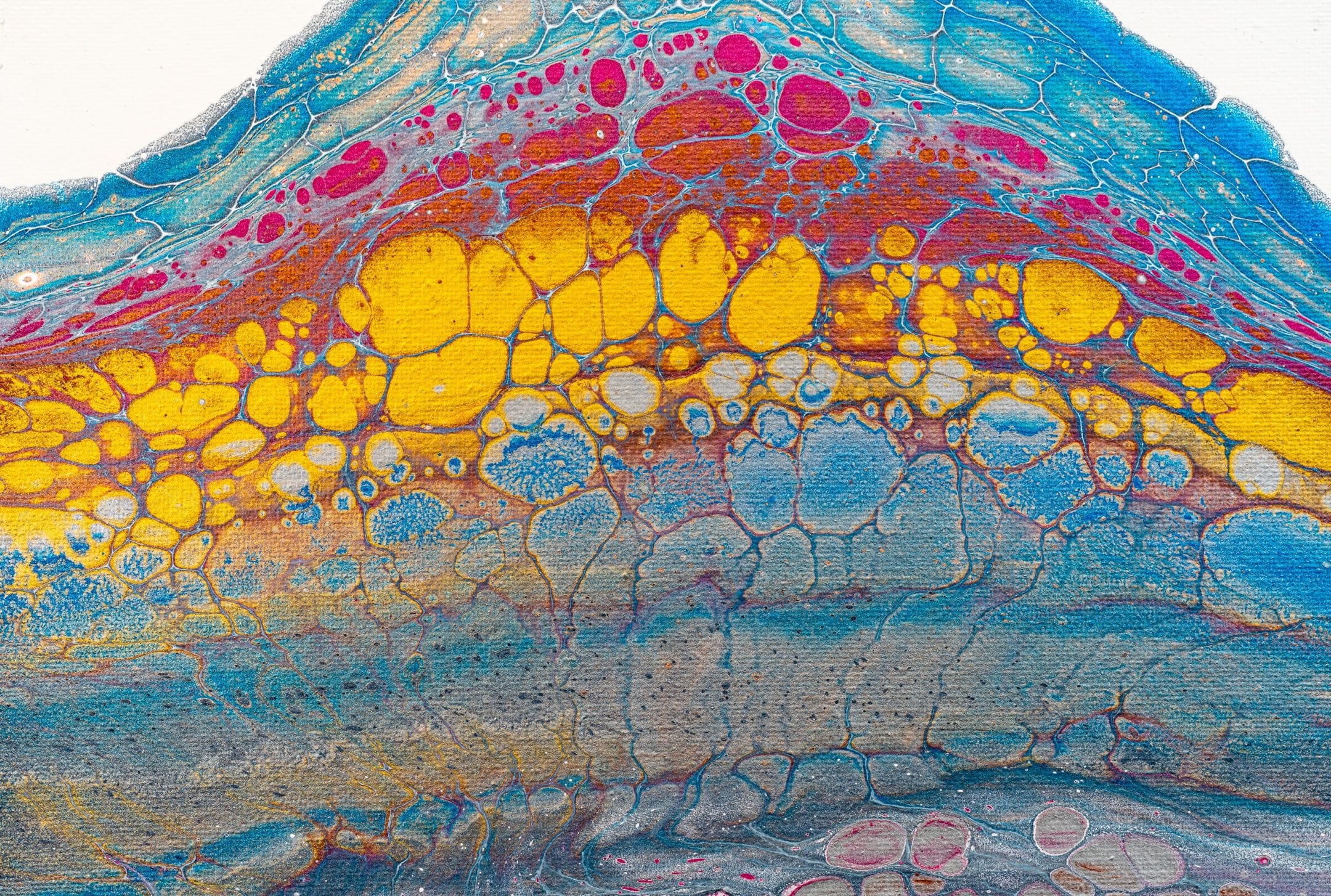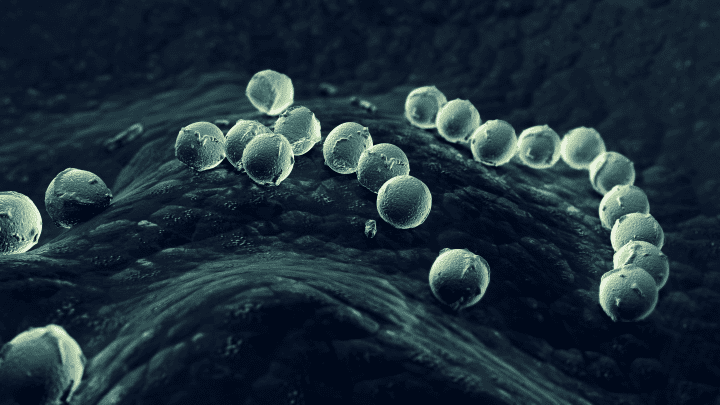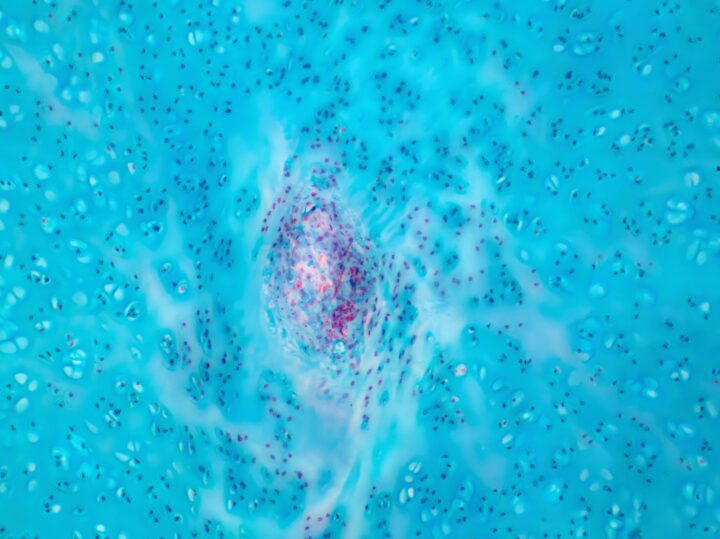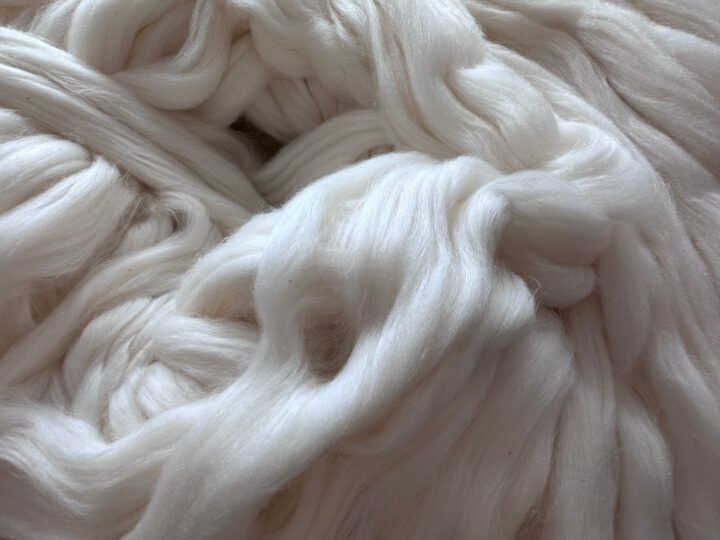SpyTag/SpyCatcher from SpyBiotech uses a protein from a common bacterium to increase the effectiveness of vaccines.
Benefits
- More effective vaccines
- New vaccines
Applications
- Vaccines for human and animal diseases
UN Sustainable Development Goals Addressed
-
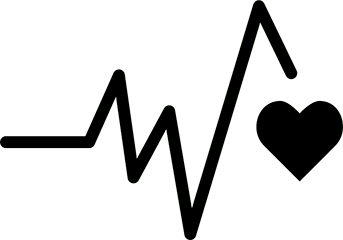
Goal 3: Good Health & Wellbeing
Bioutilization
- Streptococcus pyogenes
The Challenge
Vaccines help the body develop immunity to infectious diseases so we can fight them off if they enter our bodies. Many vaccines contain virus-like s (VLPs) bound to specific antigens that train the immune system to attack when an actual virus enters. To maximize the immune response, the presence of more antigens is better. However, it is challenging to attach antigens to VLPs. One common way is to directly fuse an antigen to a protein on the VLP, but this could cause the antigen and the protein to change shape, causing the immune system to learn an incorrect response. Another possibility is to fuse the antigen to the VLP through a chemical bond, but it is impossible to control the amount of antigen that binds or exactly how it binds, which could lead to a weakened immune response.
Innovation Details
SpyTag/SpyCatcher splits a protein from the common bacterium, Streptococcus pyogenes, into two parts: the SpyTag that binds to antigens, and SpyCatcher that binds to the virus-like protein. The two pieces of the original SpyTag/SpyCatcher protein then bind back together, forming an unbreakable covalent bond. The immune system then learns a more effective response due to the increased signal from the tightly packed antigens on the virus like particle.
Biological Model
While many people carry Streptococcus pyogenes in their throat without any problems, the bacteria can cause infections ranging from a sore throat to flesh-eating disease. The bacteria invades and binds to human cells with a specific protein, FbaB. Most organisms usually bind proteins with disulfide bonds. However, Streptococcus pyogenes lives in low oxygen environments, where it is hard to form disulfide bonds. It has thus evolved to bind proteins together with covalent bods, which are much stronger.
